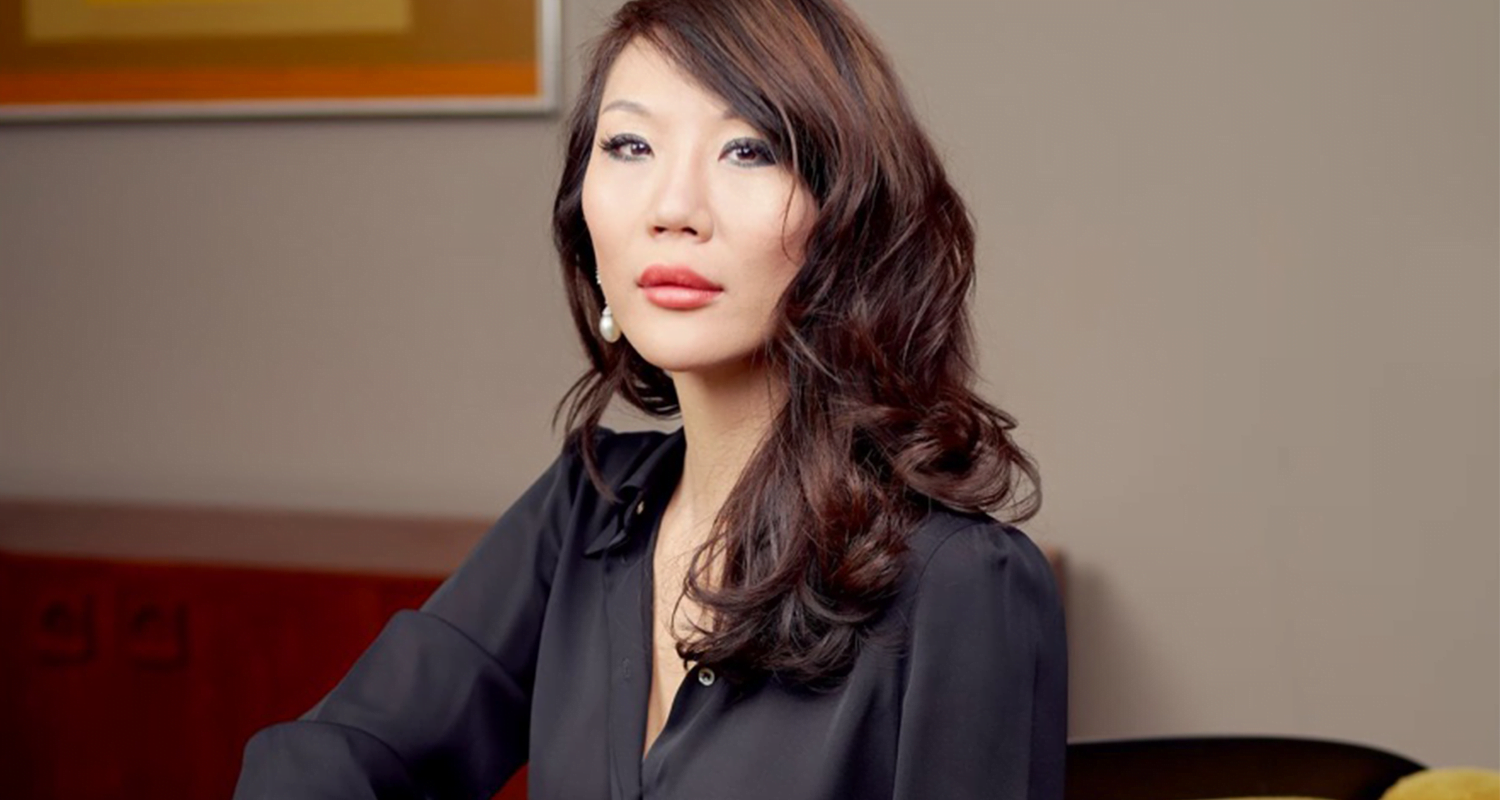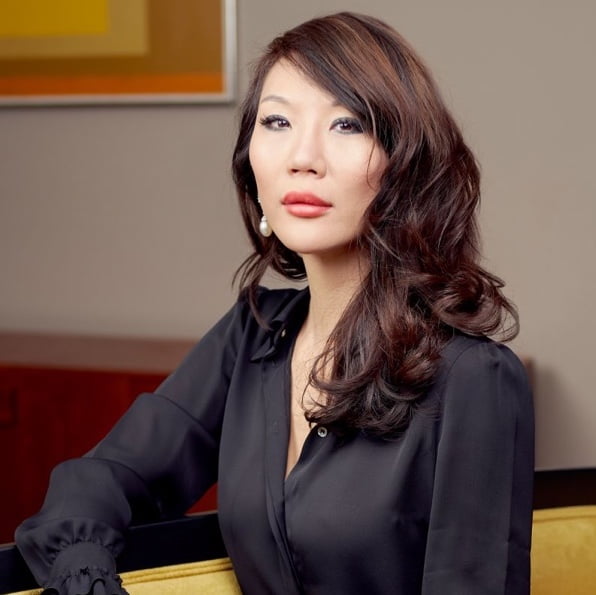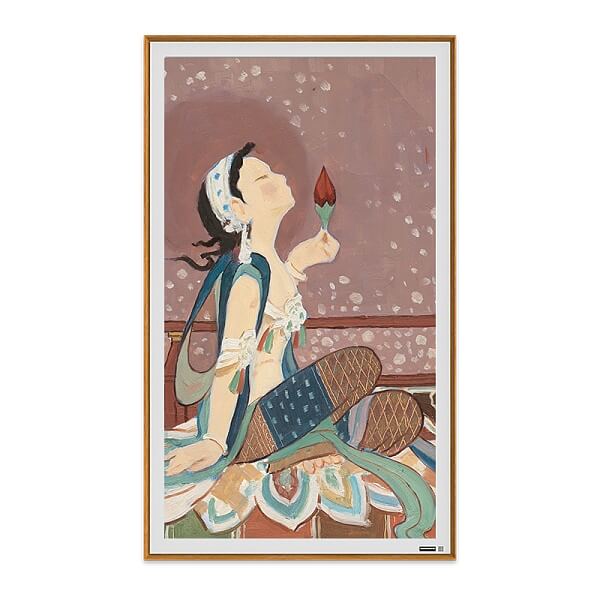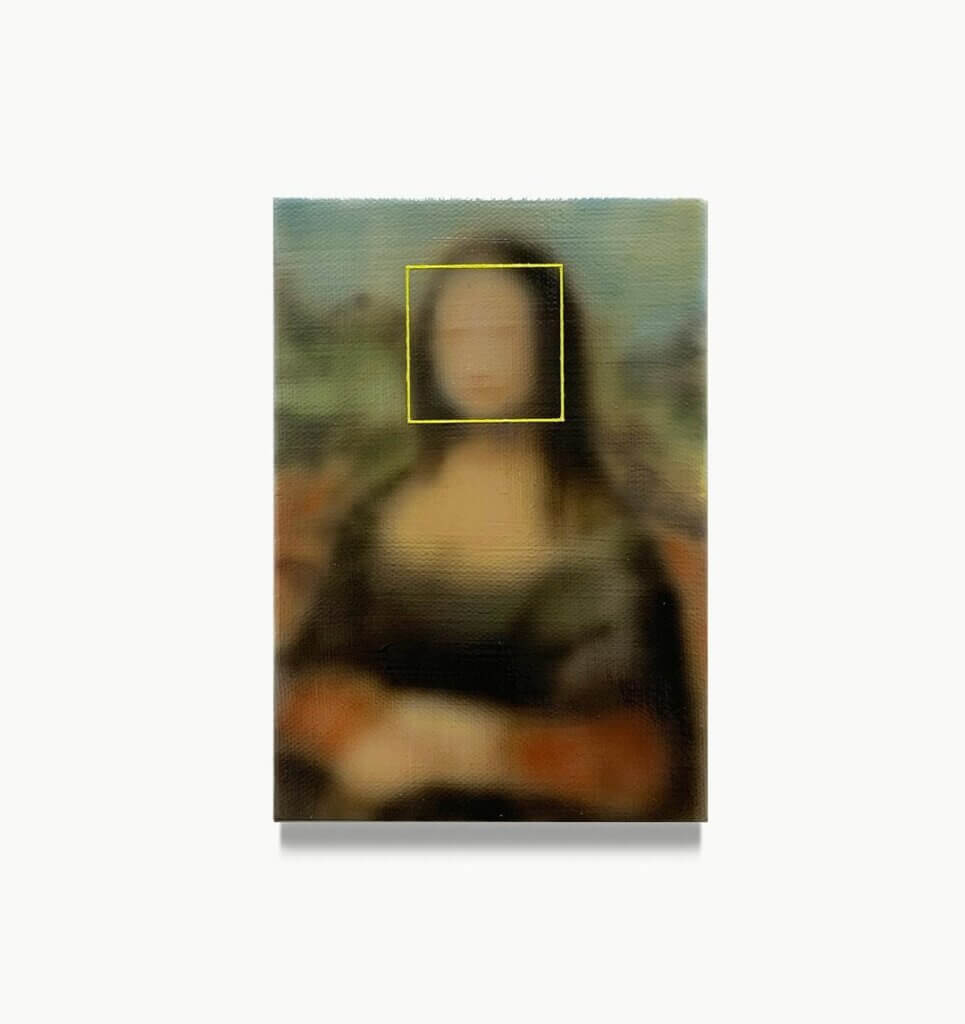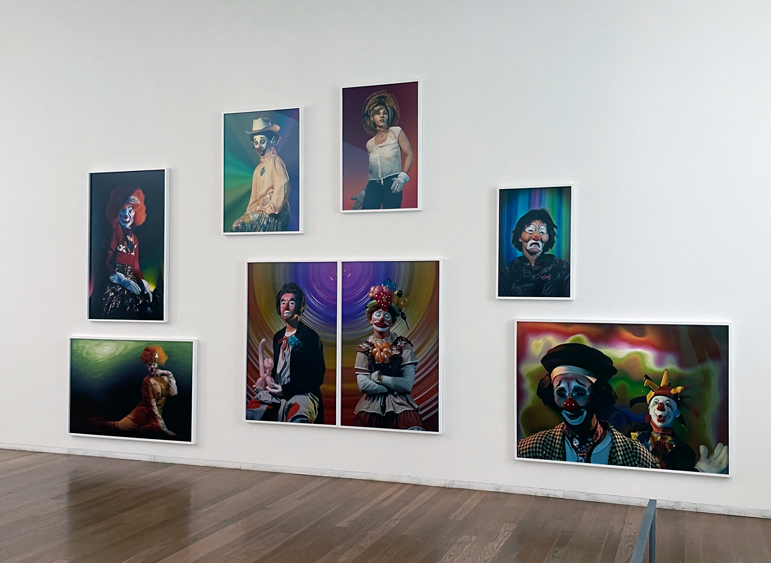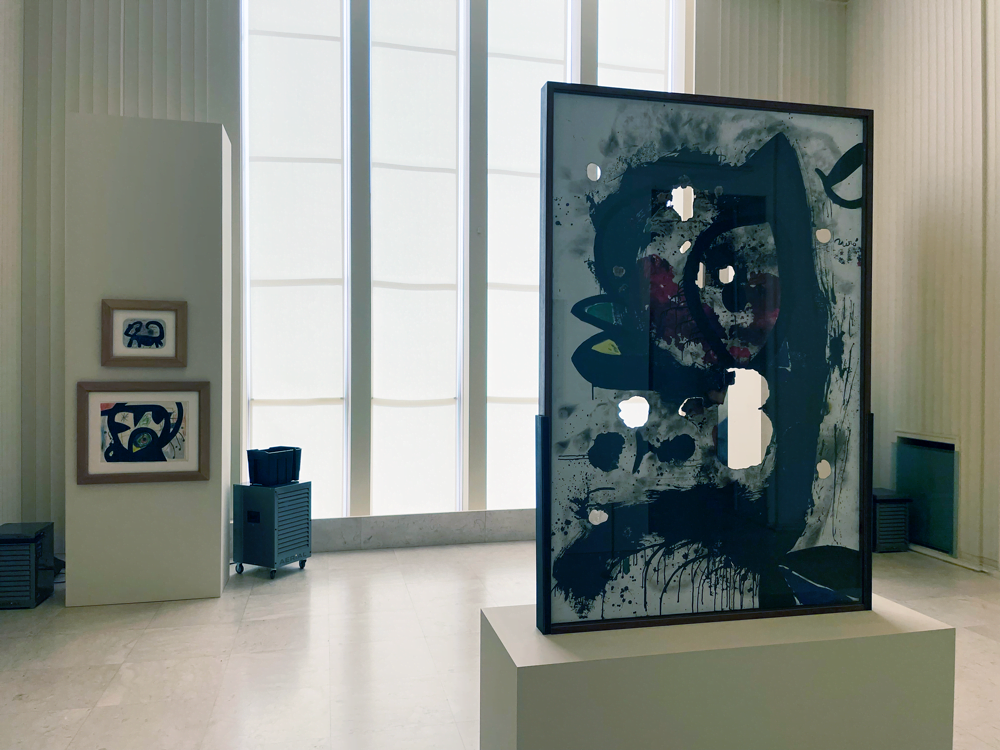Modern technology and its new possibilities have been changing art for a while. But the Covid-19 pandemic posed a number of previously unheard-of obstacles that compelled creative thinkers to devise workarounds for exhibitions, meetings, and events, which accelerated the trend.
Let me intorduce myself I’m Olyvia Kwok and I’ve been an art investor for over fifteen years, and my experience has brought me recognition in the art world. When I was 22, I purchased a Chinese scroll painting at an auction, and I had a hunch that it had great potential. Trusting my instincts, I decided to buy it. I eventually sold the painting for $220,000, five times the amount I had paid for it, and it became a turning point in my career, establishing my name as a savvy art investor in the industry.
And developed my keen eye for snagging lucrative assets throughout my career; as a result, I founded Willstone Management for art investors seeking to maximise their returns. I take pride in staying ahead of trends in the constantly evolving art world. In this article, I will be delving into the details of this dynamic landscape.
China continues to increase its share of the art market
Despite stiff competition from the United States and the United Kingdom, China has emerged as a significant player in the art market. Because of the uplift in activity, they were able to become the largest shareholder, accounting for more than 80% of sales at public auctions.
The country’s art auction houses have sold some of the most expensive pieces in history, like the record-breaking painting by Chinese artist Qi Baishi that sold for $93 million in 2011 and Zhang Daqian‘s “Four Splendid Ladies,” the most popular contemporary piece in China, that sold for $65.9 million. Famous Chinese artists have even been hired by luxury brands like Louis Vuitton and Cartier for projects and collaborations due to the demand.
The steady financial returns of Chinese investors who are looking for valuable assets are largely responsible for China’s rise. This is in addition to an expanding supply of potential works of art created by emerging artists in a variety of media.
This shift is a reflection of China’s expanding influence on international taste and culture in addition to its booming economy. It’s evident in China’s expanding number of private and public museums, where some of the greatest works in the world are on display; its thriving art community online; and the large number of Chinese people who attend international events like Art Basel.
My opinion this pattern will continue into the foreseeable future as China expands its infrastructure for the production, collection, and preservation of art. Furthermore, Chinese buyers will be able to acquire artwork from around the world at an unprecedented rate thanks to the new online platforms like Artnet China that have emerged in recent years.
The popularity of modern art reflects the modern era
The steady rise in demand for contemporary art is evidence of people’s desire to bring their homes inline with modern life. The shifting nature of ideological, political, and personal values has led to an increase in the popularity of contemporary, post-war, and modern art. In fact, over half of the world’s most valuable works were created after 1945 according to Artsy’s analysis.
The current global art market clearly demonstrates the rising demand for contemporary art. Many enthusiasts are gravitating toward work that reflects our changing environment as a result of the growth of modern digital media. This is largely because people want to use artwork to tell their own stories.
People who don’t have access to museums or galleries often look to the modern day for ideas. Current trends therefore affect what people consume when it comes to visual culture. Some contemporary artists, for example, have turned recycled materials into artistic creations in part due to the increasing emphasis on the environment and sustainability. This has then increased demand for these kinds of works even more. It’s safe to say that contemporary art will continue to be popular among collectors for the foreseeable.

@artplugged
Impressionism struggles to keep afloat in the art world
Over the past few decades, the value of Impressionist and post-impressionist works of art has significantly decreased. Sales of these works have dropped by more than half, but collectors are increasingly buying modern and post-war works.
Collectors moved away from the movement due to its lack of innovative elements or advanced techniques, despite attempts by some to revive its popularity in the 1950s and 1960s through exhibitions and auctions. Additionally, the abundance of Impressionist works on the market caused prices to fall and made it increasingly challenging for artists to make a living from their craft due to the large production output.
In comparison to other artistic movements and styles, overall demand for these works has decreased significantly today, despite the fact that certain circles still have some interest in them. This could also be due to collectors seeking art that provides them with an escape from reality, which is uncommon in traditional painting styles.
Live art events are priceless
Despite the significant impact that the pandemic has had on art fairs, many businesses continue to believe that live events still have a place. I shared that in 2020, more than 60% of these were cancelled. However, the following year, the same organisers went to great lengths and overcame difficult obstacles to ensure their sales success by providing buyers and sellers with secure face-to-face interactions.
It is invaluable to be able to interact directly with artwork and acquire in-depth knowledge from the seller – before making a purchase, customers are given the opportunity to take into account all aspects of the item. These events not only help to build trust between collectors and artists, but they also give sponsors, galleries, and other exhibitors a chance to promote themselves.
In the art industry, live events offer a one-of-a-kind experience that digital platforms cannot match. While hybrid platforms have helped to maintain sales, any art enthusiast will tell you that live experiences when interacting and engaging with artwork are still superior.
The future of art events is hybrid
As buyers and collectors attempted to make purchases despite having limited access to galleries and other venues, the pandemic resulted in a significant increase in art sales conducted online. Events like virtual art fairs, auctions, and exhibitions gained new traction and provided artists and businesses with new avenues. Sales from OVRs – also known as online viewing rooms- have tripled over the course and aren’t expected to slow down any time soon. Consumer behaviour has now shifted because buyers are no longer constrained by geographical boundaries and are able to browse and purchase artworks on their own terms.
Additionally, increased accessibility has made it possible for more people to participate in the art market, enabling artists to reach a wider audience. Digital tools, like social media sites, have made it possible for gallerists and collectors to collaborate in novel ways and interact with one another more frequently than ever before.
Together, all of these factors led to a much wider range of artworks being available online around the world. This has made it easier for sellers and buyers to do business with each other and helped the art market stay afloat in difficult times. For those working in the industry, such shifts continue to present exciting possibilities.
Buyers seem invigorated by the convenient nature of virtual shopping experiences; here’s looking at an even more prosperous future backlit by fiery online sales trends.
©2023 Olyvia Kwok
Olyvia Kwok has been collecting and investing in art for over 15 years. After graduating from Queen Mary’s University in 2002 with a degree in BSc Statistics, Olyvia opened her first gallery in St. James’s London. With years of experience, alongside in-depth knowledge of the market and an extensive global network, Olyvia continues to be one of the most prestigious and successful individuals in the industry.


